Diabetes mellitus: causes, symptoms, treatment, prevention
Diabetes mellitus, if earlier people of the elderly were mostly susceptible to it, now more and more often the disease is diagnosed in very young people. What is the root cause, how to ensure the prevention of disease and complications - read about all this and not only in our article.
Content
- Diabetes causes
- Diabetes mellitus symptoms
- Stages of diabetes mellitus
- Complications of diabetes mellitus
- Prevention of complications
- Diabetes mellitus consequences
- Diabetes mellitus during pregnancy
- Diabetes mellitus in children
- Diabetes Symptoms in Children
- Nutrition for diabetes
- Fruits for diabetes
- How to treat diabetes
- Prevention of diabetes mellitus
Diabetes causes
The main causes of diabetes are:
- hereditary nature: other factors are needed that will induce the progression of the disease;
- obesity;
- transferred some diseases: especially those that affect the pancreas;
- frequent infectious diseases;
- prolonged or severe stress;
- age: every year the likelihood of diabetes mellitus increases, as mobility gradually decreases.
Diabetes mellitus symptoms
The symptoms of diabetes depend on the type of diabetes. Divide 1 and 2. The first, as a rule, is due to heredity, ie. passed down from generation to generation. The second is acquired when a person develops diabetes due to an improper lifestyle.
Symptoms of type 1
In most cases, the symptoms characteristic of the first type of diabetes develop very quickly, literally within a few days. The patient often faints (diabetic coma). We urgently need to call an ambulance, and upon arrival at the hospital, the doctors diagnose diabetes mellitus.
- a person drinks a lot of water per day (3-5 liters);
- a pronounced smell of acetone comes from the mouth;
- appetite increases, a person begins to eat a lot, but at the same time he is exhausted "before our eyes";
- there is abundant and frequent urination, which is especially activated in the evening and at night;
- the resulting wounds heal very hard and takes a long time;
- fungal lesions often occur, the skin begins to peel off and itches a lot.
Activation of type 1 diabetes begins to develop after a sharp "shake-up" of the body. The impetus can be severe stress, or an infectious disease. The first symptoms appear within a couple of weeks or a month.
Symptoms of type 2
Development is slow and can take several years, as a rule, elderly people are prone to it. The patient becomes tired, his wounds are long and difficult to heal, his vision falls, and his memory is lost. As a rule, no importance is attached to these symptoms, since each of them may well be the consequences of vital activity. At the same time, diabetes begins to develop more and more.
In most cases, the second type of diabetes is diagnosed completely by accident. To the above symptoms of type 1 diabetes are added:
- thrush (in women);
- numbness and tingling in the lower extremities;
- pain in the legs when walking;
- fast fatiguability.
The danger of type 2 diabetes is due to the fact that every second case develops without any obvious symptoms. But a prolonged visit to a doctor turns into a stroke, a sharp heart attack, an early loss of vision and kidney disease. If you have at least 2 or 3 symptoms, be sure to get tested for diabetes. This will save you from developing complications.
Distinguishing the type of disease is quite simple. In the first case, the disease begins to progress very quickly, in the second, the symptoms stretch for a long time. If earlier the first type was mostly young people, and the second was elderly, now there are no boundaries. A sedentary lifestyle and improper diet, saturated with carbohydrates and fats, leads to the fact that the second type develops in very young individuals.
Stages of diabetes mellitus
One of the most important rubrics when dividing diabetes is its severity, which is indicated by the degree.
1st degree of diabetes
The normal course of the disease, to which all doctors strive to bring their patients. The process is absolutely compensated, glucose is within the established norms, it is not excreted along with urine. All other indicators are normal. There are no symptoms of diabetes complications. Diet therapy and medication help maintain this level.
2nd degree of diabetes
At this stage, we can talk about partial compensation. There are signs of complications. Damage to the heart, legs, eyes, blood vessels is observed. Severe complications are not observed, the blood glucose level is above normal.
3rd degree SD
Says that the disease is progressing and drug control is impossible. Blood glucose levels fluctuate between 13 and 14 mmol / L, and there is a high level of glucose in the urine. Organ damage occurs.
With a high speed, a decrease in vision is observed, blood pressure rises, severe pain and numbness in the legs occur, at the same time their sensitivity decreases.
4th degree of diabetes
At this stage, the most severe complications begin to develop. The level of glycemia reaches critical levels (from 15 mmol / l and above), and the reduction is difficult. There is a loss of protein, the appearance of trophic ulcers, gangrene, renal failure. The fourth stage suggests that diabetic coma can occur very often.
Complications of diabetes mellitus
The danger in itself is not diabetes itself, but diseases and complications that can develop on its soil. Here we will mention those that are most common.
Puffiness
Edema is both point and widespread. It all depends on whether the disease is accompanied by heart failure. In general, edema is a symptom of kidney failure. The severity of diabetic nephropathy is determined by the severity of the edema.
If they are asymmetrically distributed, affect only one lower leg, or the foot is diabetic microagniopathy of the lower extremities, in combination with neuropathy.
Coma
Symptoms characteristic of this type of complication are characterized by lightning-fast development. In this case, the type of diabetic coma does not matter. The maximum threat is characterized by clouded consciousness and lethargy of the patient. In this case, the patient requires immediate hospitalization.
The ketoacidotic coma is the most common type of coma among people with diabetes. It is caused by an increased concentration of toxic substances in the body, which negatively affect the functioning of nerve cells. A clear warning signal of an impending complication is the strong smell of acetone in the patient's breath. And the impending hypoclimic coma makes itself felt with a darkened consciousness, a sharp decrease in the level of glucose in the blood, and cold sweating, which covers the patient.
High or low blood pressure
Pressure also acts as a determinant of the severity of diabetes mellitus. This can be considered in several dimensions. When analyzing the indicators of systolic pressure, measure the pressure on the brachial artery. When it rises, they speak of a progressive stage of the disease, when kidney damage occurs. If a decrease in pressure is detected in the lower extremities, then the problem arises in them.
Leg pain
Pain in the legs, with an existing diabetes mellitus, may indicate the onset of neuro- and agniopathy. It is possible to judge which species belongs to a person by the nature of sensations. If pain occurs with any physical stress and there is a need for a mandatory respite, then we can talk about microagnioathy.
If the pain comes at night, or at rest, it is diabetic neuropathy. As a rule, the latter is additionally accompanied by a decrease in limb sensitivity and numbness. Some patients complain of a burning sensation that occurs pointwise. For example, in the foot or lower leg.
Trophic ulcer
Trophic ulcers are considered the next stage of neuro- and agniopathy after pain. The type of trophic ulcers has dramatic differences, depending on the stage of the disease. The type of treatment also varies. In order not to start the problem, it is important to initially look closely at even the smallest symptoms. This is a serious issue on which the safety of the limb depends.
A trophic ulcer never appears suddenly, there are always warning "bells" by which a complication can be prevented. First, the nerves are damaged, which leads to decreased sensitivity of the foot, which undergoes deformation. At the points of the foot, where friction occurs when walking, corns appear. This leads to the fact that the pain is dulled. Hematomas form under the corns, followed by an accumulation of pus.
Unfortunately, despite a number of warning symptoms, patients, in most cases, turn to specialists even when the leg is very swollen, has a bright red color, and there are massive trophic ulcers on its surface.
Gangrene
Gangrene is usually a consequence of diabetic angiopathy. Large and small arterial trunks are affected. In most cases, the problem begins in the area of one toe on the foot. There is an outflow of blood, severe pain in the leg and its redness. Over time, the skin becomes bluish, the limb swells, becomes cold. After that, bubbles with a dark and cloudy content and black spots of skin necrosis appear on the surface.
What is described above is ranked as irreversible consequences. Nothing can be done about it, the limb cannot be saved and an operation is prescribed to amputate the affected areas. With this development, the removal procedure should be carried out as soon as possible, otherwise gangrene begins to develop rapidly and doctors will have to remove not only the foot, but also the lower leg. To restore the patient's motor functions, special prostheses are used.
Prevention of complications
The main and most effective prevention of complications is early diagnosis of the disease and timely initiation of adequate treatment. Particular attention must be paid to caring for the lower limbs in order to prevent damage to them. In the event that they were nevertheless allowed, one should immediately seek help from a surgeon.
Diabetes mellitus consequences
The consequences of diabetes mellitus are diseases that arise after complications. The most serious consequences are diabetic coma and limb amputation after gangrene. But all this can be avoided if the disease is diagnosed in time and the rules and requirements set by the doctor are strictly adhered to. Carefully monitor the state of your body and if you find the above symptoms, go through the examination.
Diabetes mellitus during pregnancy
Even if a woman did not have diabetes before pregnancy, it can appear at the time of pregnancy. It is called due to hormonal changes in the body. If the diagnosis is made on time, then it will not bring any harm to the body. Gestational diabetes usually goes away on its own after childbirth, after some time. The bad side is that after such a diagnosis during pregnancy, women have a 50% increase in the likelihood of stage 2 diabetes.
If you notice adult symptoms of diabetes mellitus, be sure to inform your supervising doctor about it.
Diabetes mellitus in children
Diabetes mellitus in children can occur for several reasons. The main ones include:
- Hereditary side. Parents who are diagnosed with diabetes will pass on to their children a high chance of developing diabetes in their lifetime. If a new member of society does not monitor blood sugar levels, then the probability of illness is 100%.
- Consuming large amounts of food. Overeating leads to obesity, it becomes the cause of overloading the pancreas, which leads to its exhaustion and diabetes. Particular attention should be paid to the amount of sweets and flour products eaten.
- Viral diseases also negatively affect the functioning of the pancreas. But this does not mean that the risk of diabetes increases after illness. If the immune system is strong and heredity is good, then the body is quite capable of coping with such tests. But frequent colds, which speak of weak immunity, are a serious reason to revise the child's menu in order to prevent the disease.
- Low mobility leads to excess weight. The activity helps the pancreas to produce insulin, which breaks down sugar, keeping its levels normal.
Diabetes Symptoms in Children
In general, in the first year of life, the chances of developing the disease are very small. Diagnosing diabetes in infants is a tricky business. After all, the baby cannot convey what he feels, cannot complain of thirst, it is impossible to see increased urination. But there are several obvious symptoms:
- the baby does not gain weight (even with a good appetite, the baby continues to lose weight);
- constantly fussing and capricious, and calms down only after drinking;
- diaper rash often occurs near the genitals, which are very difficult to treat;
- the diaper, after the baby's urine gets on it and dries out, it becomes as if starched;
- The main symptoms of diabetes in infants are frequent vomiting, severe dehydration and intoxication.
In children over one year old, the following symptoms are observed:
- severe dehydration with frequent and prolonged urination;
- persistent vomiting;
- strong weight loss, incl. muscular dystrophy;
- unusual breathing (rare, even: deep noisy inhalation and increased exhalation);
- in the exhaled air, the smell of acetone is felt;
- lethargy, fainting, shock;
- fast pulse;
- blue limbs.
In order to prevent acute symptoms, it is important to seek medical help on time. Otherwise, the child may fall into a diabetic coma.
Nutrition for diabetes
Nutrition for diabetes mellitus differs in the normal state of a healthy person. How to eat properly, what foods are permissible, and what is forbidden should be prescribed by a doctor. The specialist prescribes an individual diet, which should be strictly adhered to.
Fruits for diabetes
Fruit is a direct source of vitamins that are vital for the body. Nevertheless, with diabetes mellitus, you need to be careful with them. On the one hand, they strengthen the immune system, which diabetics should strengthen with all their might, on the other, they can increase blood sugar levels.
People with diabetes need fiber, which is also found in fruits. The first is divided into soluble and insoluble. Both are present in every fruit and only in some vegetables. Soluble on contact with water swells and acquires a jelly-like structure. It helps to effectively lower cholesterol and blood sugar levels. Insoluble promotes quick satiety even with small doses of consumption. You need to consume at least 25 g and not more than 30 g of fiber per day.
Diabetics need fiber more than healthy people, so it is better to eat fruits that are rich in this element.
How to treat diabetes
Nowadays, the issue of treating diabetes mellitus is considered controversial. We are talking about a complete cure for the disease. Everything is based on the fact that it is always easier to prevent a disease than to get rid of it. Exceptions are people with type 2 diabetes, who show good results with diet therapy. In this case, with the normalization of nutrition, the return of an active lifestyle, the body can independently restore the functionality of the pancreas and diabetes will sink into oblivion. But even after complete recovery, the ear must be kept alert, since the propensity for relapse is high.
According to experts, persistent forms of diabetes are not amenable to complete treatment. However, with constant adherence to the recommendations of doctors and diet, serious complications can be avoided.
But experience shows that even with complex forms of the disease, people were cured despite the opinions of doctors. Therapeutic fasting helped them in this. But here it is worth noting that in the absence of a specialist in this industry in your locality, self-medicate strictly prohibited! Otherwise, an attempt to cure may turn into resuscitation.
Now doctors are wary of trying to introduce an operable way to treat diabetes. The principle lies in the artificial introduction of a synthetic pancreas into the human body, which will secrete insulin in the required amount. But, unfortunately, due to the incompleteness of the system, not all patients have a new organ positively engrafted. We can only hope for early successes in this area and subsequent publication.
Prevention of diabetes mellitus
Unfortunately, it is far from always possible to prevent the first type of disease. These are cases where a genetic predisposition plays a major role. There are no truly effective methods that guarantee 100% protection against diabetes. But the second type, to which absolutely everyone is subject, can be prevented. Since it arises due to the wrong way of life.
Comprehensive prevention of type 2 diabetes includes the following measures:
- weight control, with excess body weight, you need to get rid of it;
- normalization of blood pressure and lipid metabolism;
- minimization of consumed fats and carbohydrates;
- regular exercise, but not excess.
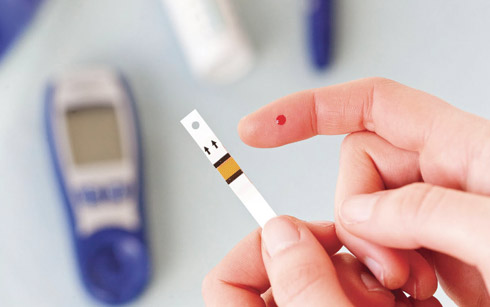
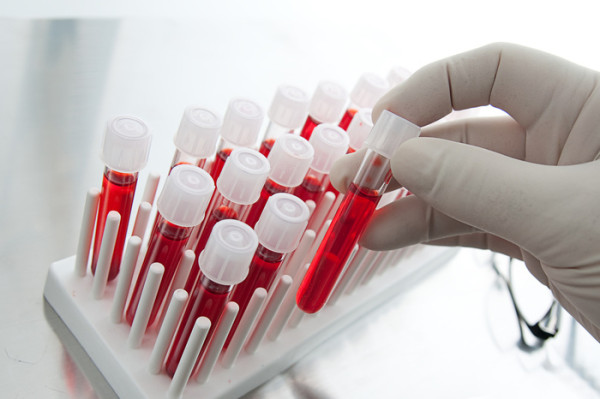
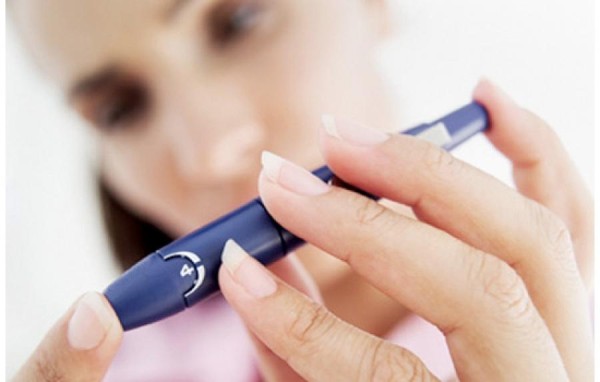

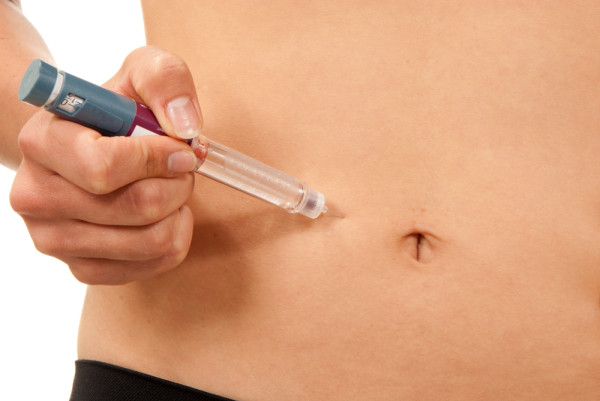
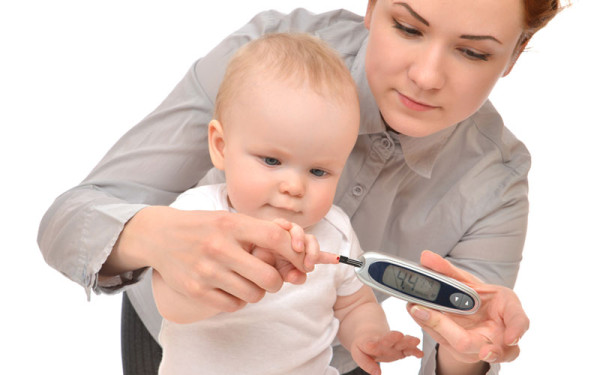

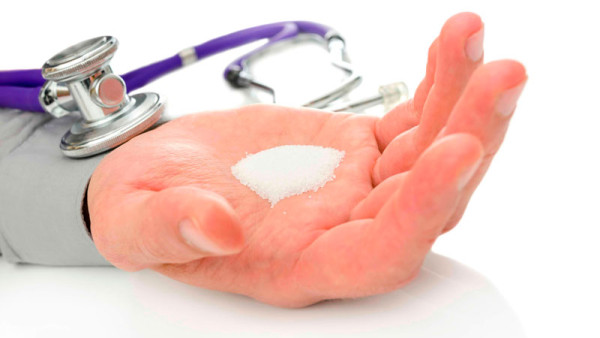


Everything is written very accurately! My brother has been suffering from diabetes since childhood, he has been treated all his life. In the past three years, he regularly travels to a sanatorium, where he undergoes a course of treatment and health promotion. If I remember correctly, then they have a whole complex there, I see from it that it helps. And in summer, of course, you should be especially attentive to yourself.